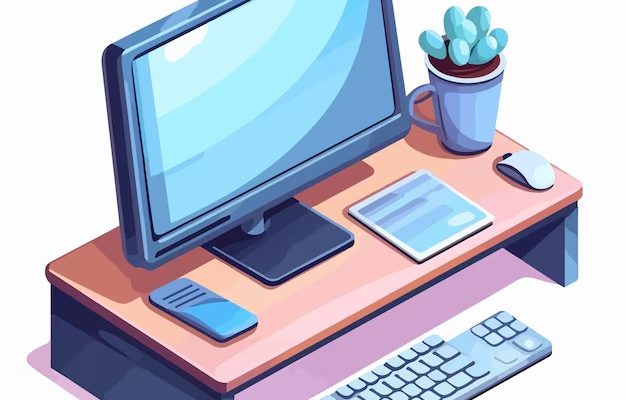In the digital age, the personal computer (PC) has become an integral part of daily life for millions around the world. From facilitating communication to enabling complex computations and creative endeavors, PCs have transformed how we work, learn, and connect with one another. This article explores the evolution of personal computers, their components, and their impact on society.
A Brief History of Personal Computers
The concept of a personal computer began in the mid-20th century, with early machines such as the ENIAC and the UNIVAC, which were massive, expensive, and primarily used by governments and large institutions. The breakthrough for personal computing came in the 1970s with the advent of microprocessors, which enabled the development of smaller, more affordable computers.
The introduction of the Altair 8800 in 1975 marked a significant milestone, as it was one of the first commercially successful personal computers. This was followed by the creation of the Apple II in 1977, which brought color graphics and sound to the personal computing experience, making it popular among home users.
In 1981, IBM released its first PC, which set industry standards and paved the way for a multitude of compatible systems. Over the years, advancements in technology led to the rapid evolution of personal computers, resulting in the powerful and multifunctional devices we use today.
Components of a PC
A personal computer consists of several key components that work together to perform a wide range of tasks. The primary components include:
- Central Processing Unit (CPU): Often referred to as the “brain” of the computer, the CPU processes instructions and performs calculations. Modern CPUs are highly efficient and can execute millions of instructions per second.
- Random Access Memory (RAM): RAM is the computer’s short-term memory, allowing it to store data temporarily for quick access. More RAM typically results in better performance, especially when running multiple applications simultaneously.
- Storage: PCs use various storage types to save data. Traditional Hard Disk Drives (HDDs) provide large storage capacities at a lower cost, while Solid State Drives (SSDs) offer faster data access speeds, improving overall performance.
- Motherboard: The motherboard is the main circuit board that connects all components of the computer. It houses the CPU, RAM, and storage, as well as expansion slots for additional hardware.
- Power Supply Unit (PSU): The PSU converts electricity from the outlet into usable power for the computer’s components.
- Input and Output Devices: These include peripherals such as keyboards, mice, monitors, and printers, allowing users to interact with the computer and receive information.
The Impact of Personal Computers
The impact of personal computers on society is profound. They have revolutionized industries, enhanced productivity, and transformed communication. In the workplace, PCs enable employees to perform tasks more efficiently, manage data, and collaborate with colleagues around the globe. The rise of remote work, particularly in recent years, has further emphasized the importance of personal computers in maintaining productivity.
In education, PCs provide access to vast resources and learning tools, fostering a more engaging and interactive learning environment. Students can research, create projects, and collaborate with peers from anywhere in the world.
Furthermore, the creative industries have flourished with the advent of powerful software applications for graphic design, video editing, music production, and more. Personal computers have become essential tools for artists, musicians, and content creators, enabling them to bring their visions to life.
Conclusion
Personal computers have come a long way since their inception, evolving into indispensable tools that shape our lives in countless ways. As technology continues to advance, the capabilities of PCs will only grow, leading to new possibilities in work, education, and creativity. Embracing the evolution of personal computers allows us to harness their potential and drive innovation in an ever-changing digital landscape.
